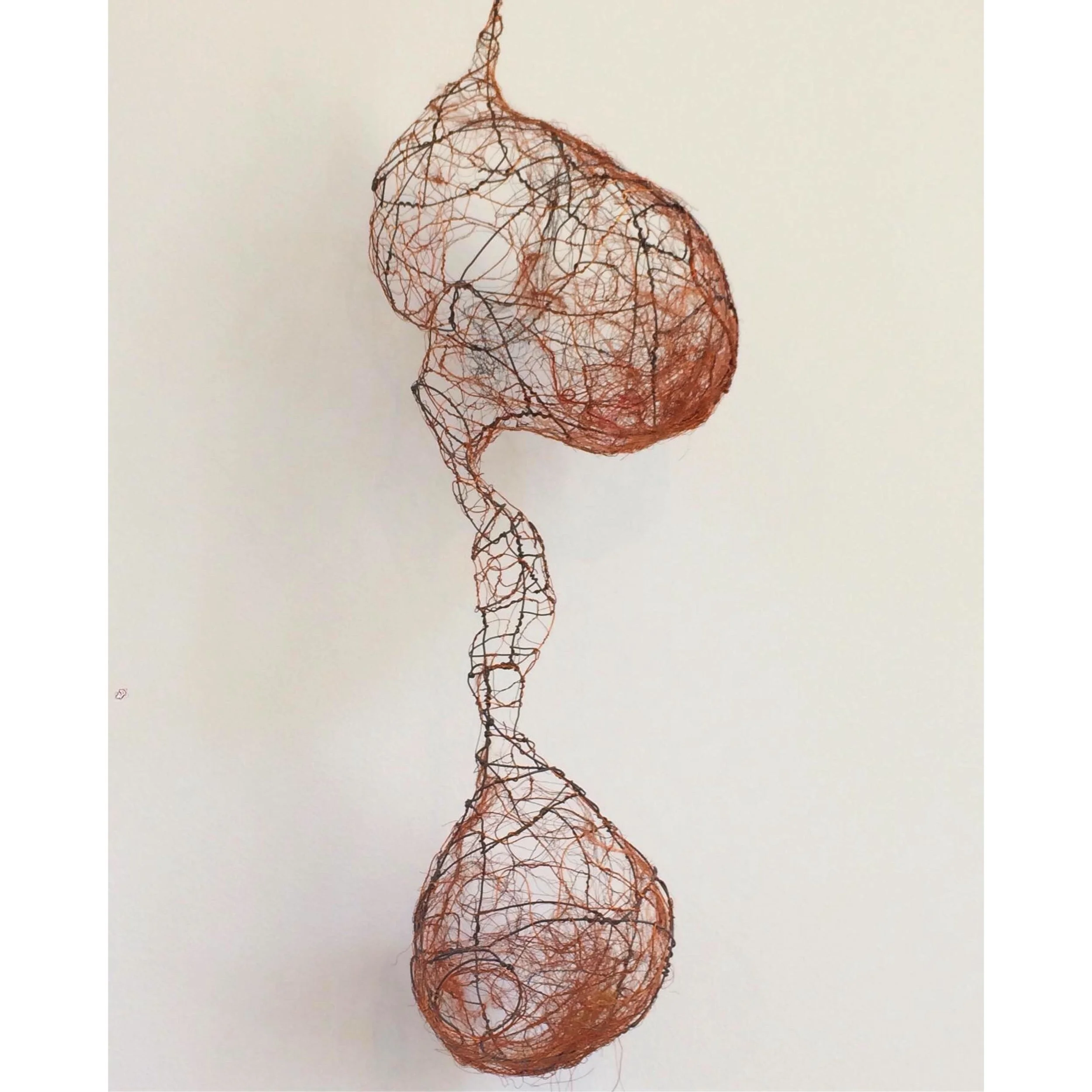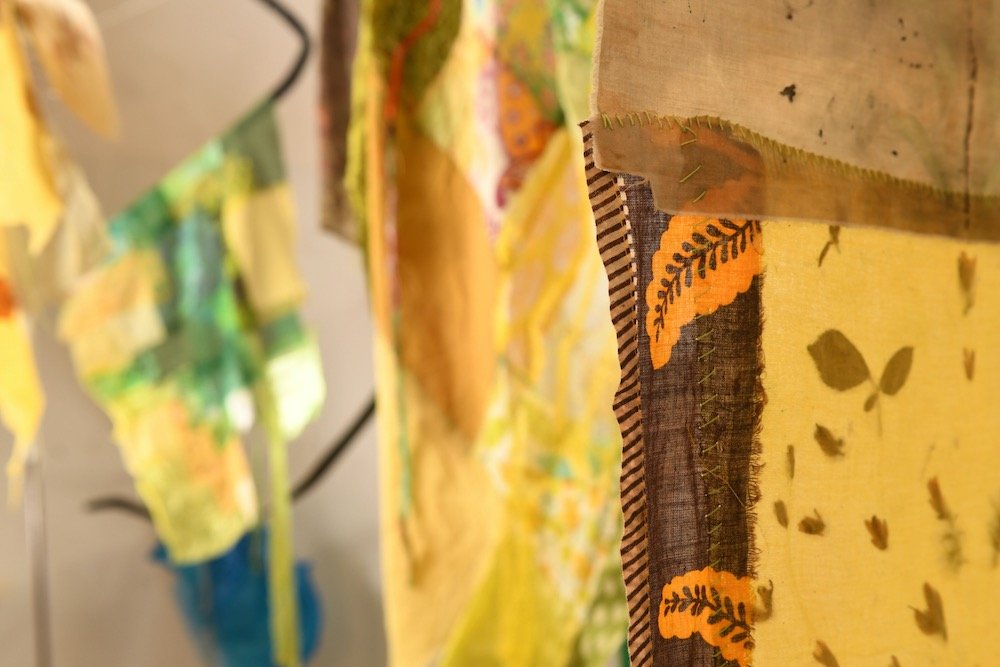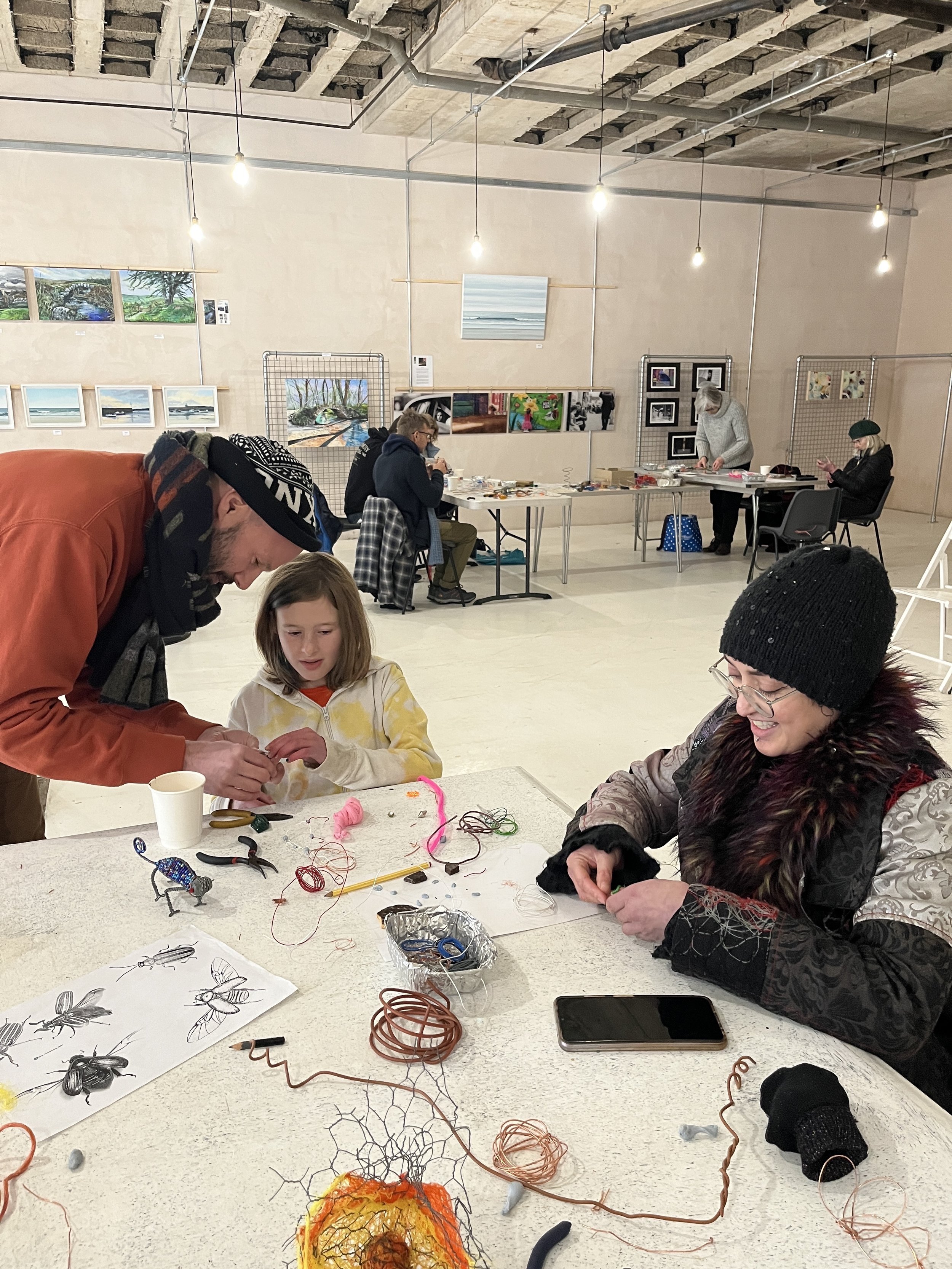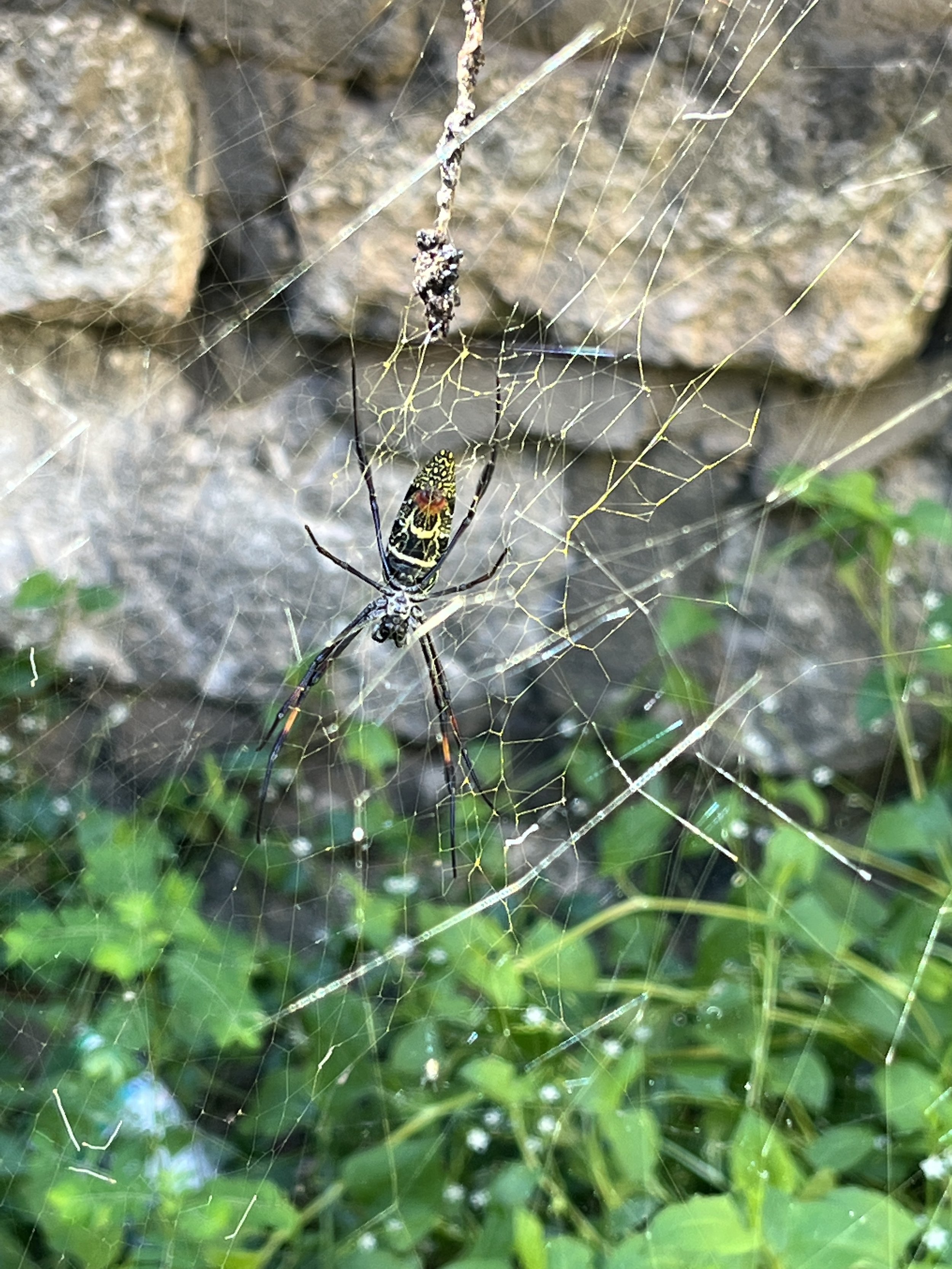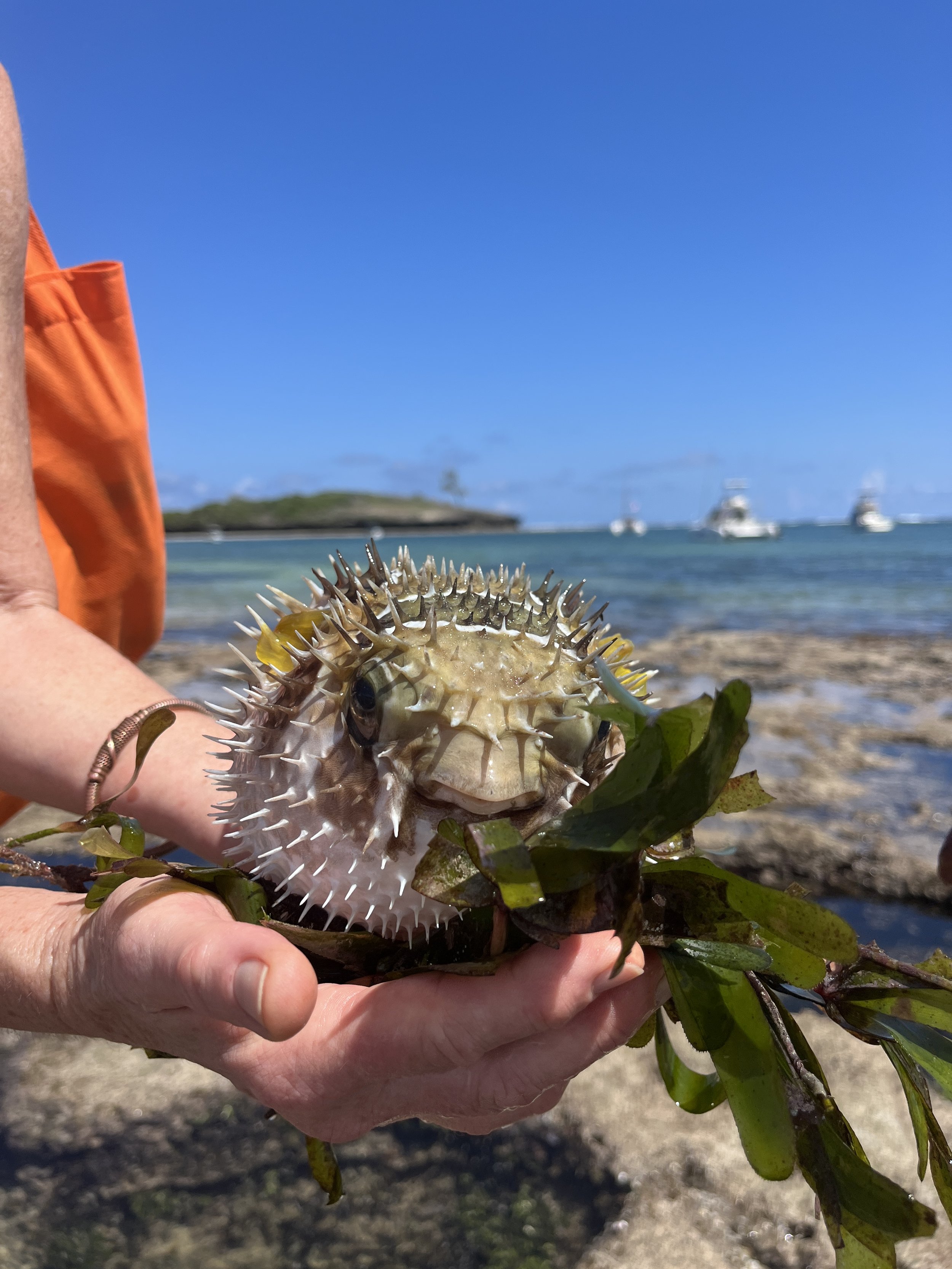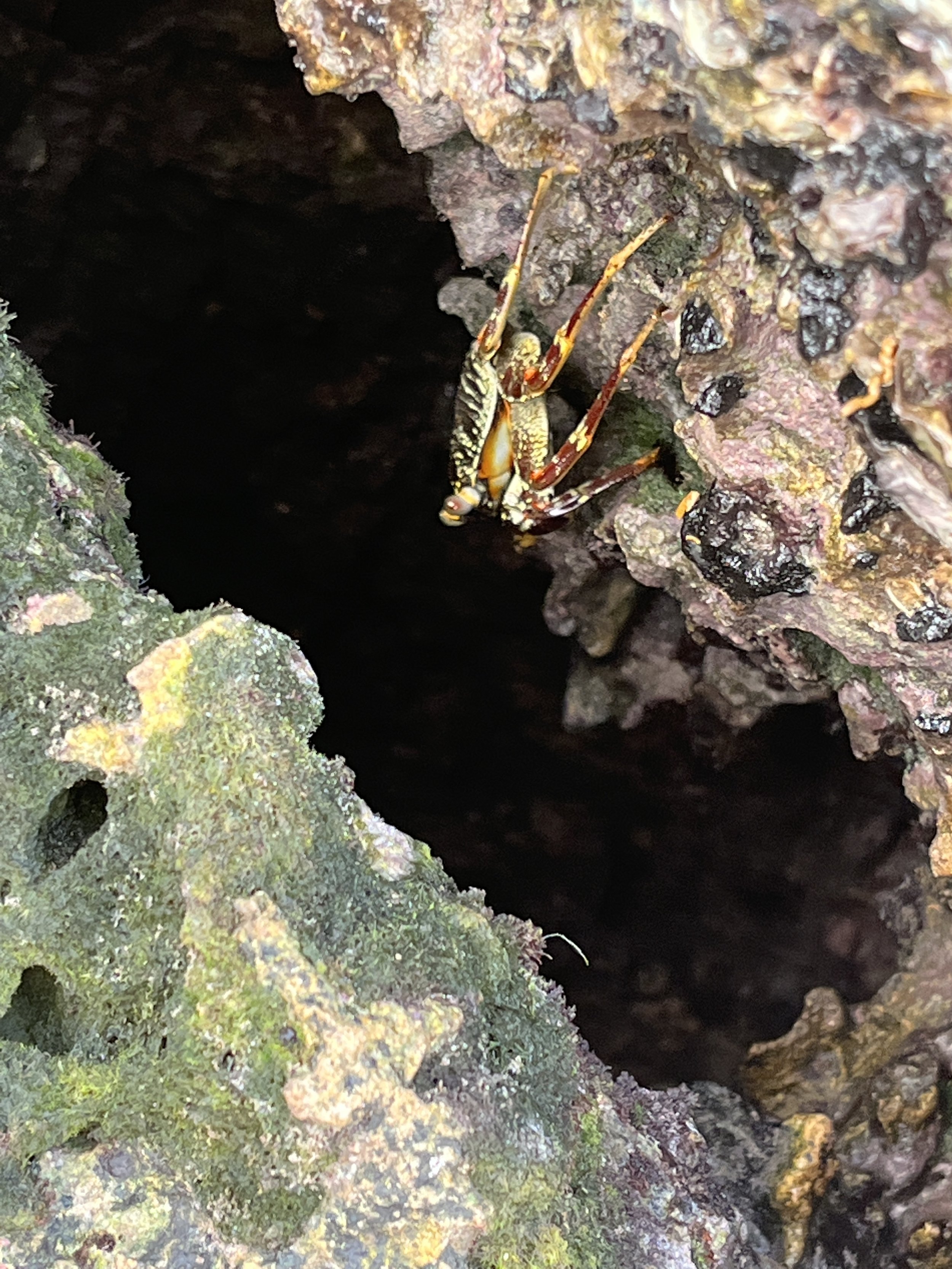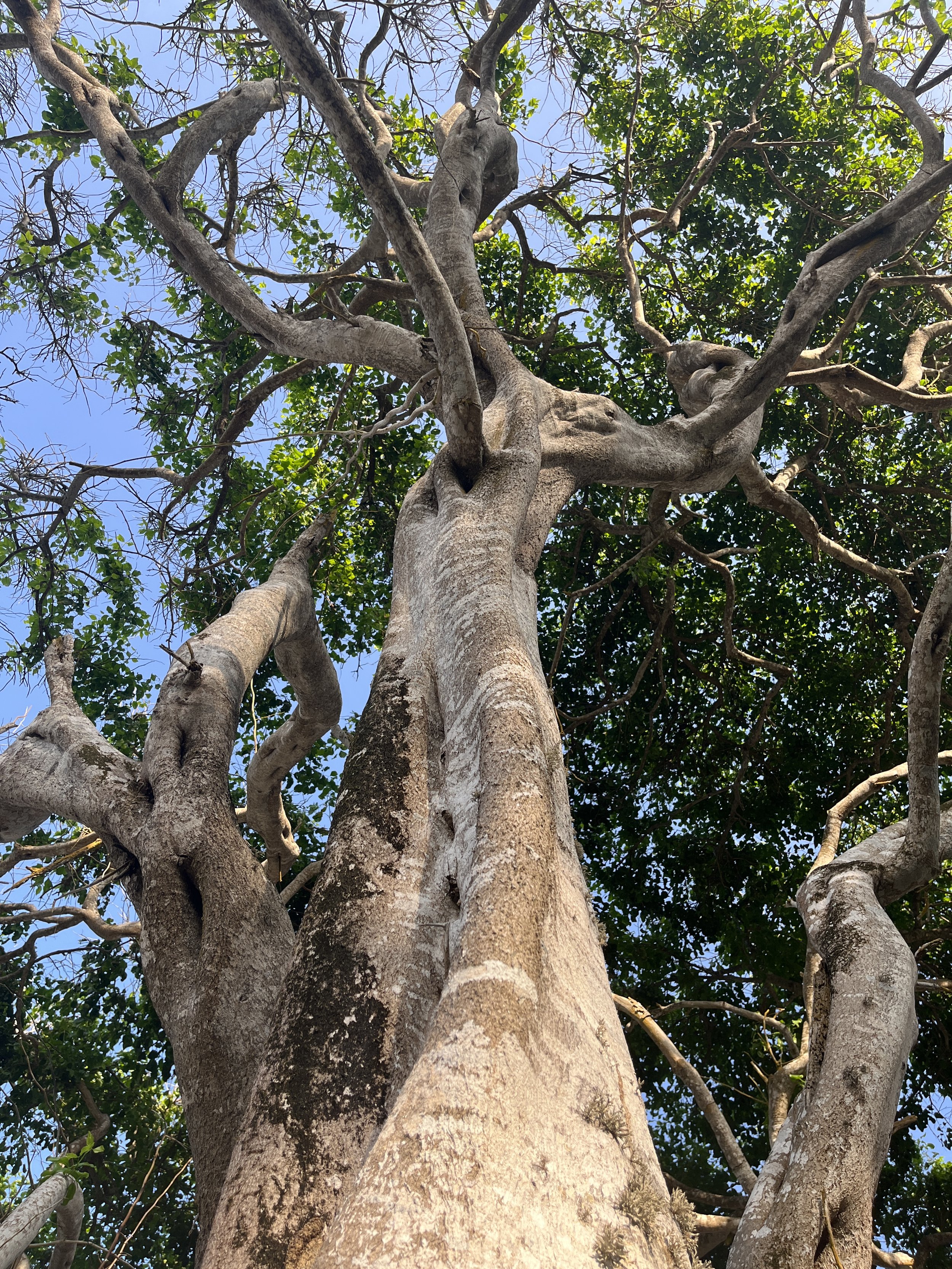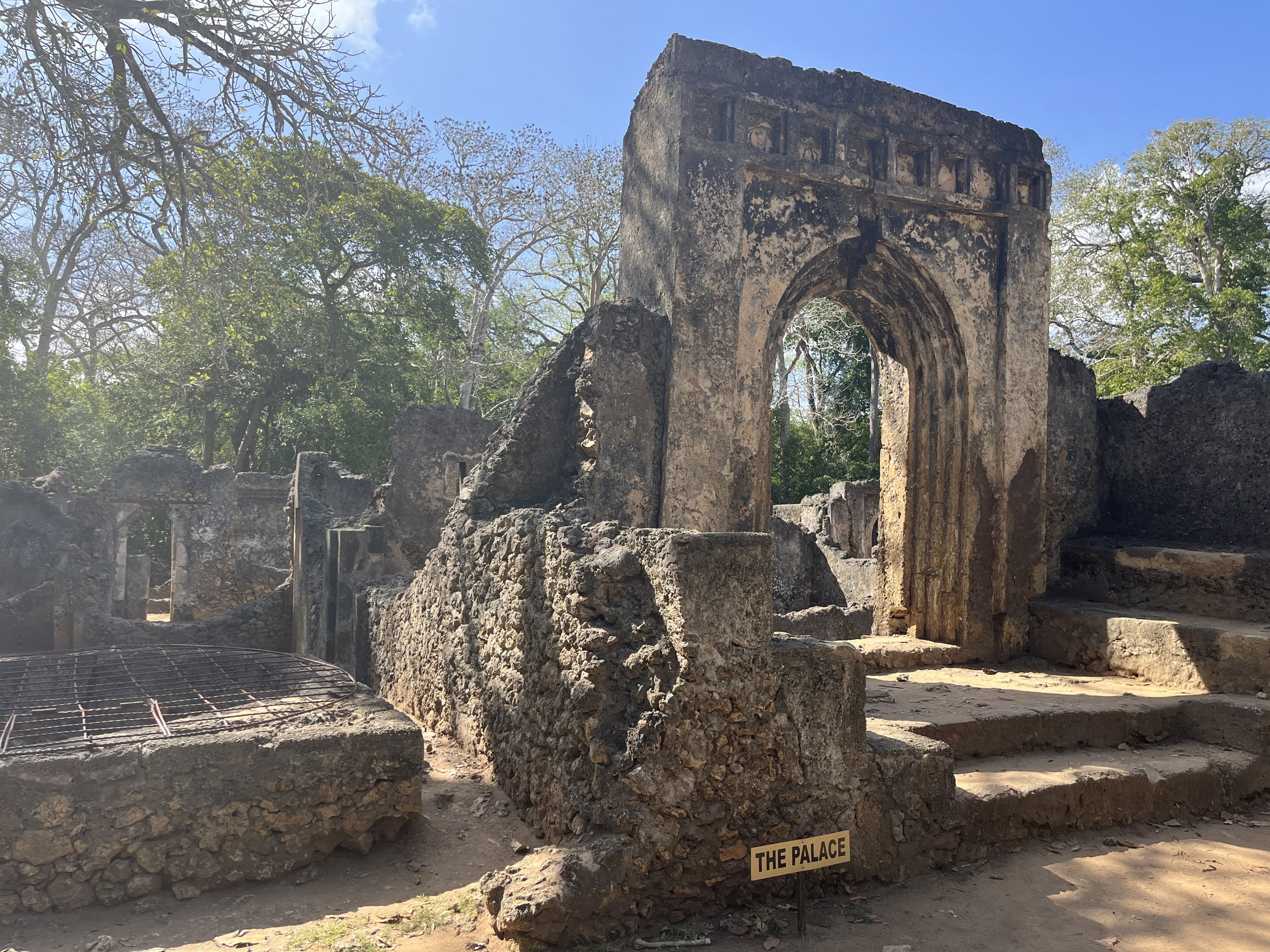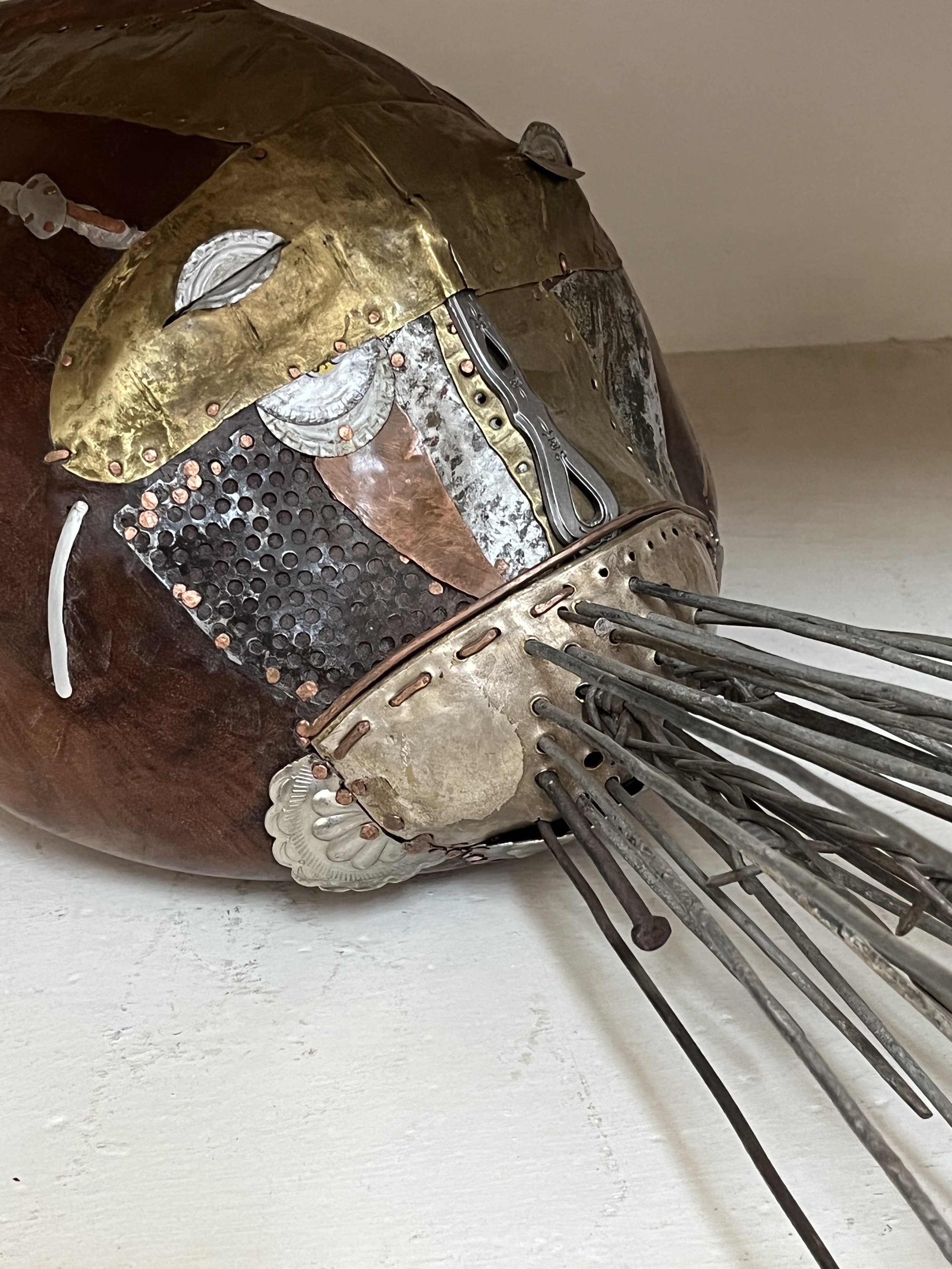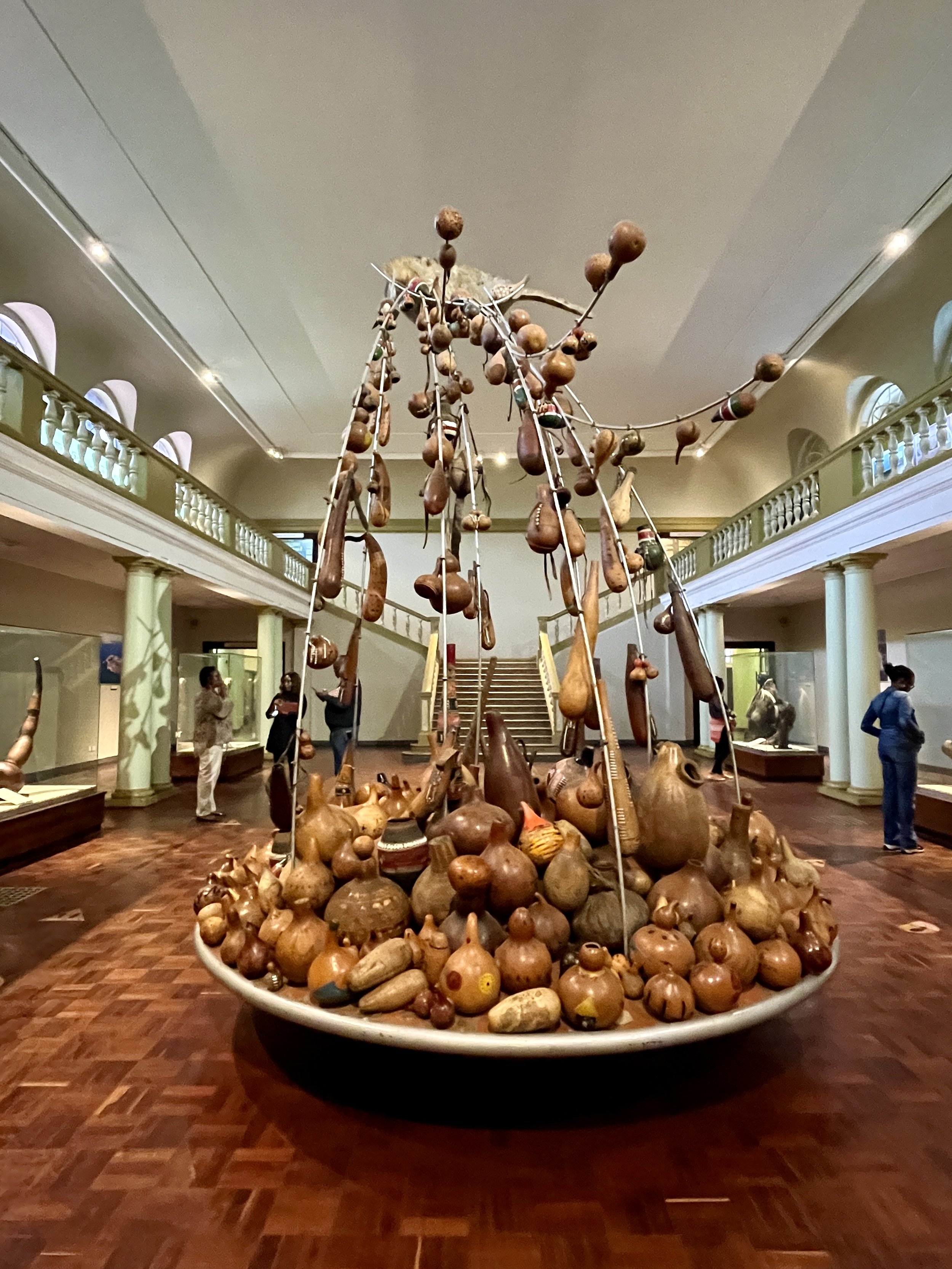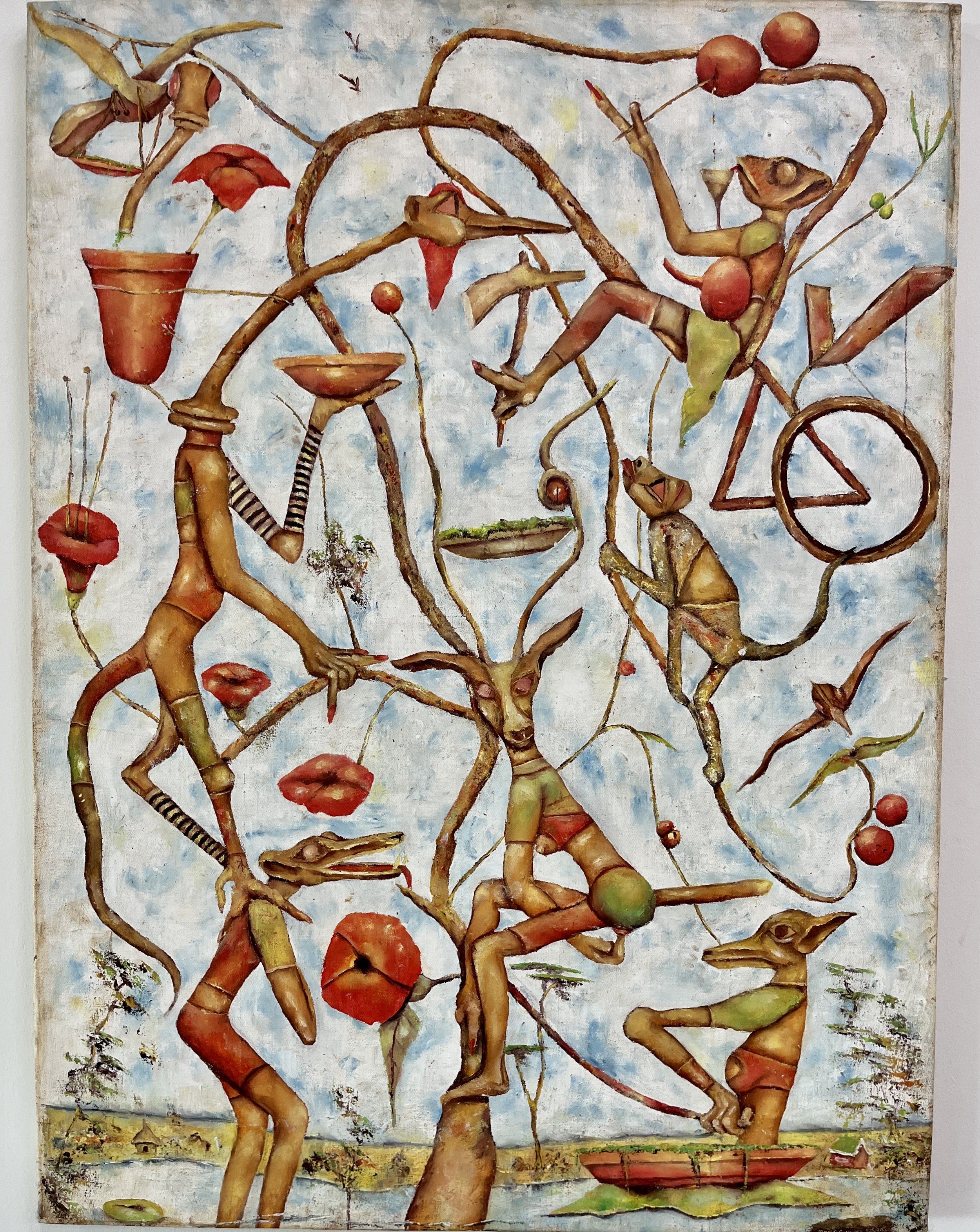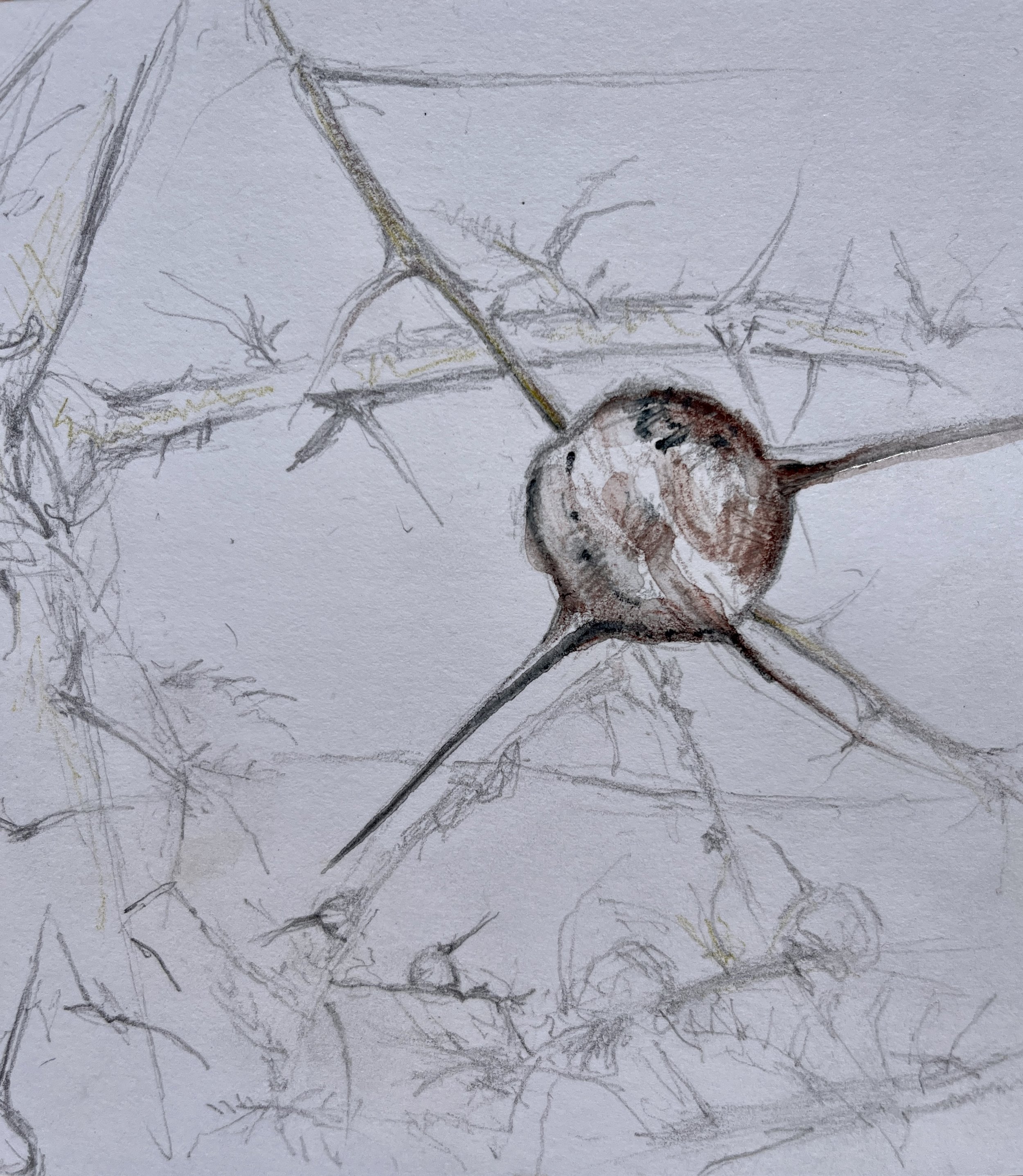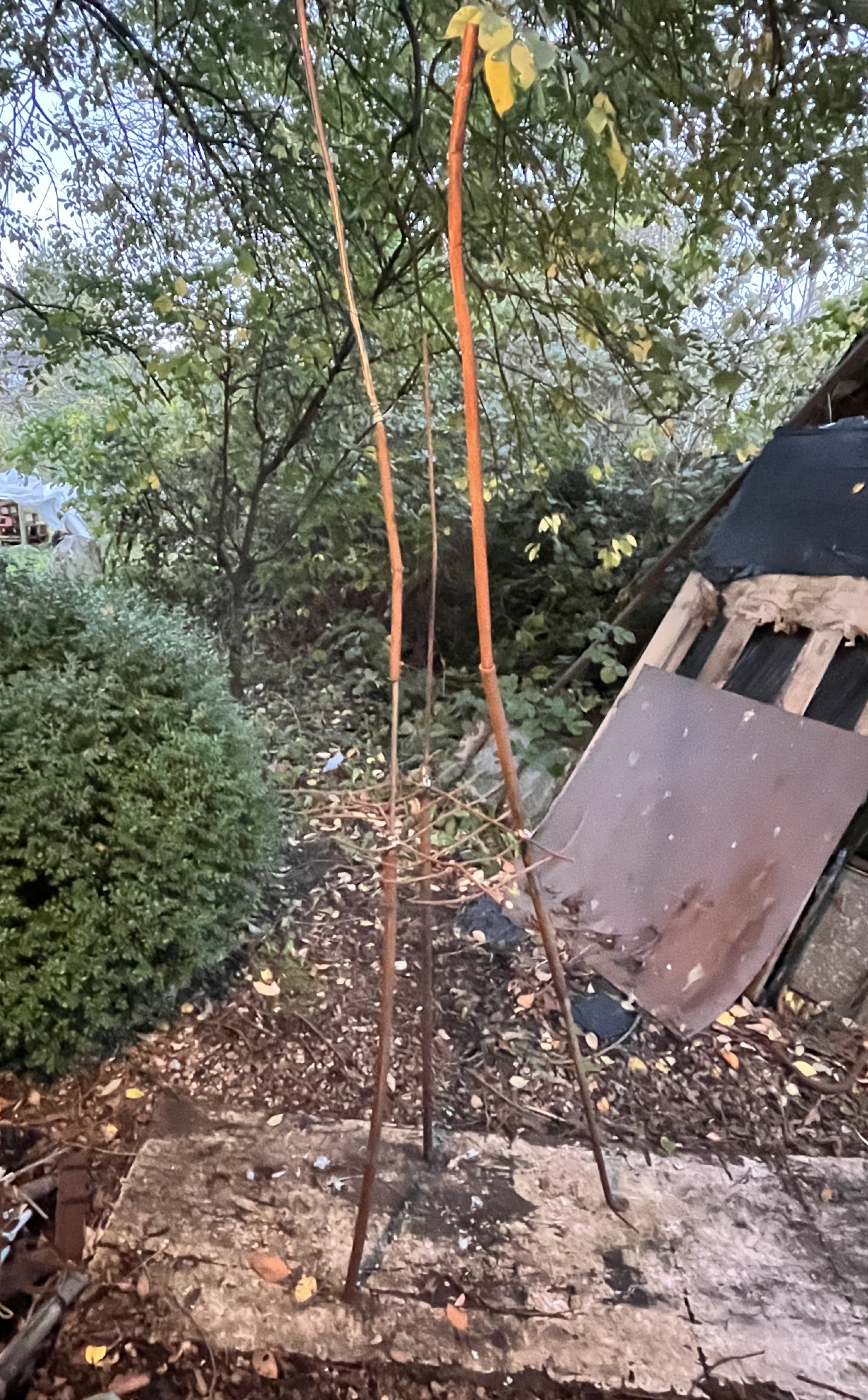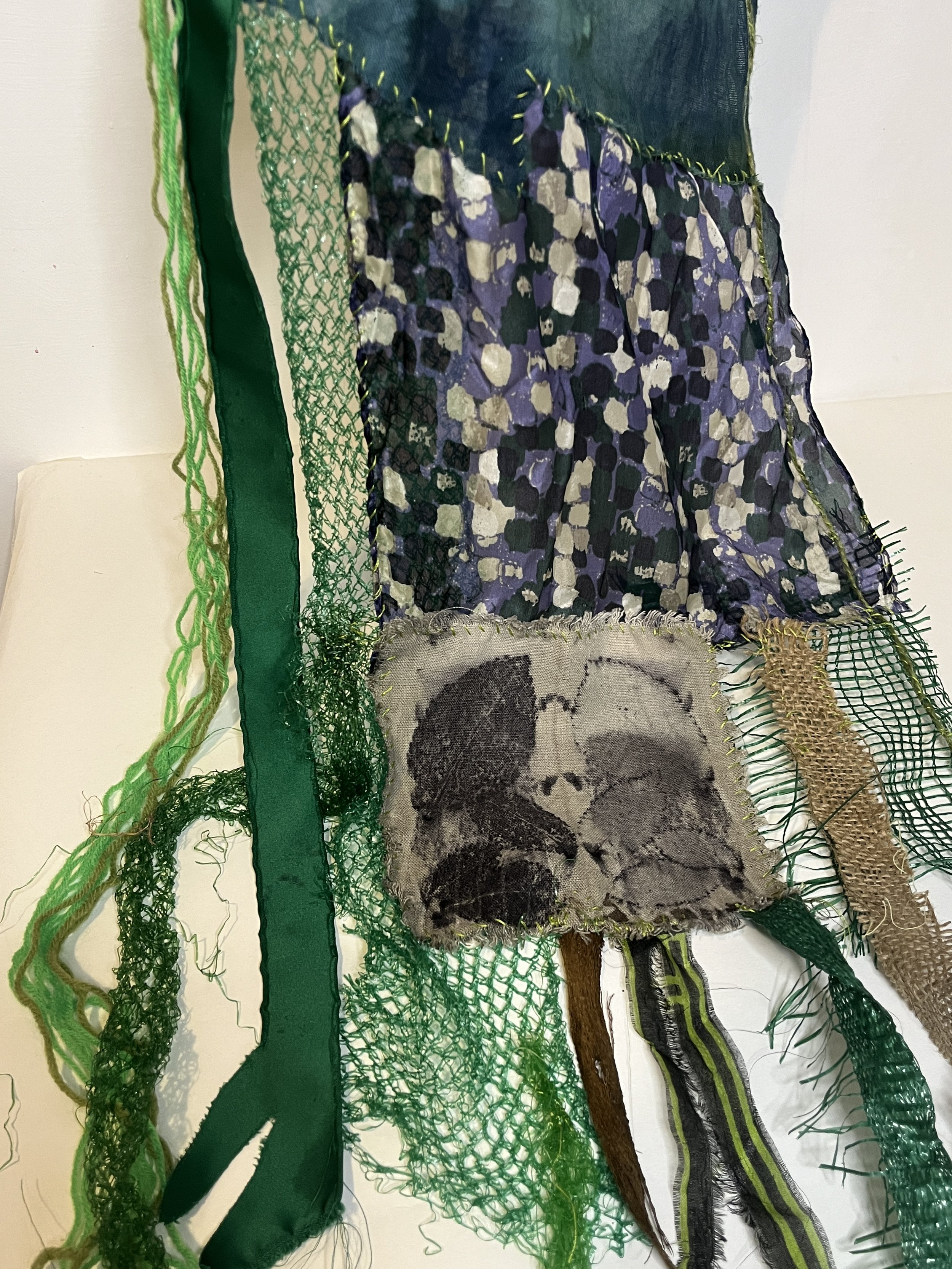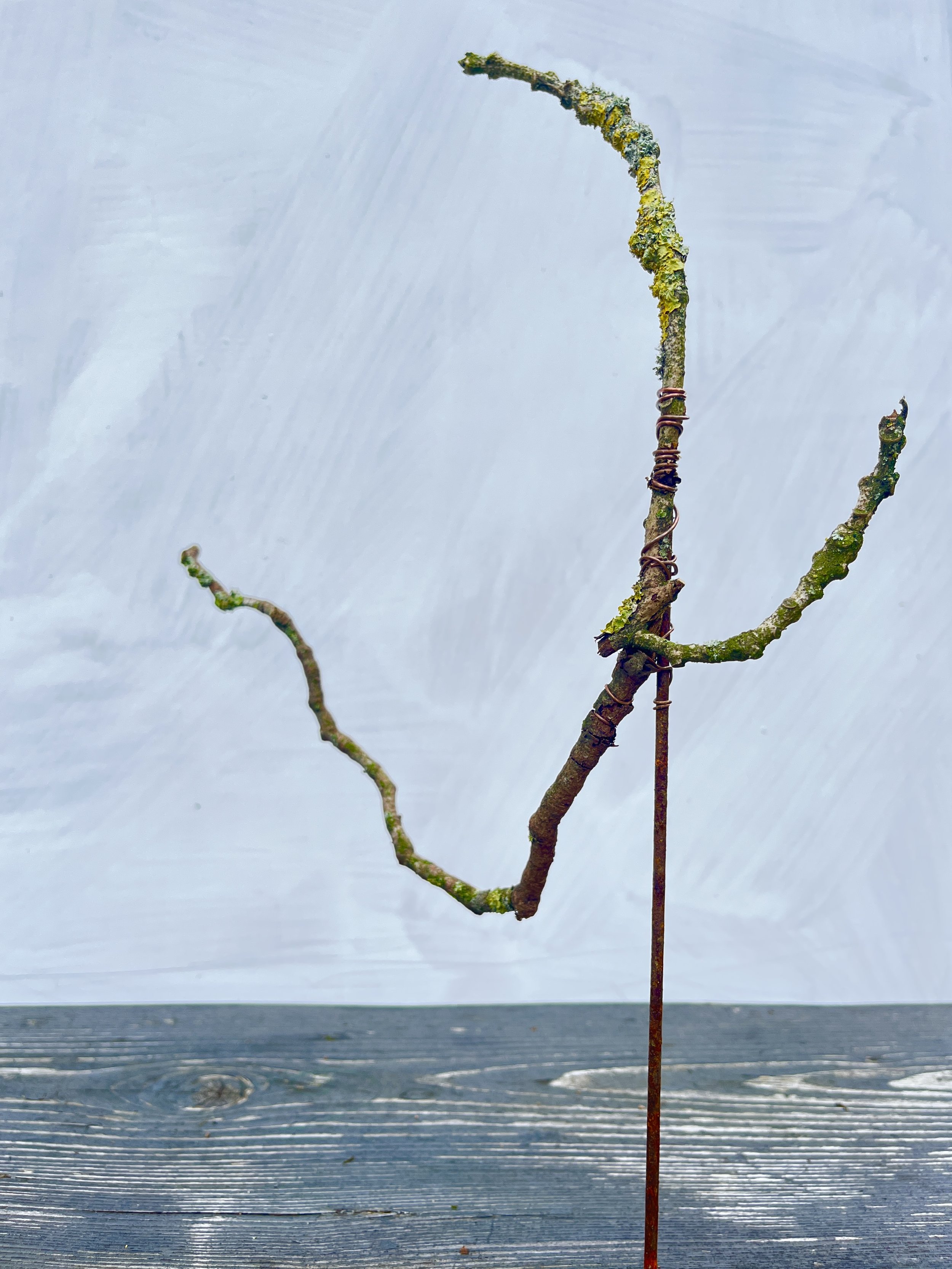I plan to create a dyers garden. This will take time, so while I set up, I’m on the look out for certain leaves and flowerheads (unwanted) for eco-printing eg: eucalyptus leaves, african daisies, chocolate cosmos, dahlias, coreopsis, madder root… If you’re able to save me any of these, please get in touch!
During my residency at Create@#8, 20 Feb-10 March. the space will be open to visitors on Fridays and other days by appointment. From 11-19 March, ongoing work will be showcased in a solo exhibition (Mon-Sat 11am-4pm, 8 Town Street, Shepton Mallet BA4 5BG). The Opening Event is Saturday 11 March, 2-4pm - save the date, I’d love you to come! There will be a compositional soundscape in response to works by Ushara Dilrukshan. I plan to show a range of suspended, wall-mounted and freestanding works in the empty shop space, including a few pieces from my Life in the Undergrowth project. All welcome!
I have some workshops you might be interested in (pics below of one I ran last weekend):
Join me in creating small snowdrop-inspired sculptures as part of Shepton Mallet's Snowdrop Festival on Friday, 17 Feb, 2-4pm, at The Art Bank Cafe, 13 High Street, Shepton Mallet BA4 5AA. Supported by Snowdrop Festival. Tickets £5. Book: eventbrite.
Shepton Reflections: a FREE one-day art and creative writing workshop with me and Polly Hall, Fri 3 March, 10am-4pm at Shepton Mallet Library. Using written word, poetry, botanical dyes and textiles we’ll make a suspended artwork featuring the Market Cross. Supported by Shepton Mallet Town Council. Book: eventbrite.
Linked to my exhibition at Create@#8, I’ll be running an Eco Sculpture Workshop on Sat, 18 March, 2-4pm. Tickets: £18. Book: eventbrite.
Very happy my piece Entangled VI was selected for an exhibition Darkness to Hope at Atkinson Gallery, Somerset, opening 27 Feb. For more details please visit current and forthcoming events.
Looking forward to Spring!




